#Oita Prefecture
Text

Yufuin, Oita Prefecture by 實彩子Misako
45 notes
·
View notes
Text



大船山 Ofunayama (2) (3) by Ryuichi Miyazaki
8 notes
·
View notes
Photo
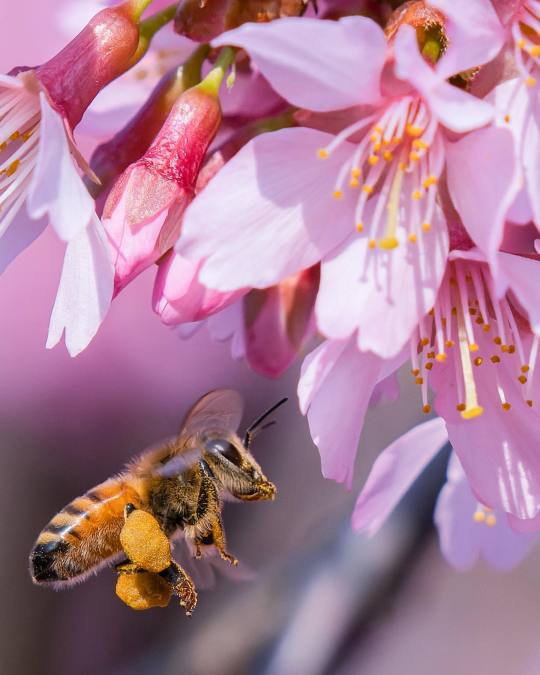
“ This year's cherry blossoms “ // Astrailor
#Fukuoka Prefecture#Oita Prefecture#Japan#nature#landscape#spring#Sakura#cherry blossom#bee#insect#explore#follow#discover
102 notes
·
View notes
Photo

Nenbutsu Bridge - Oita Prefecture
📷 @chocolat_holic1595
Via visitjapan.us
#japan#japanese#nippon#travel#sightseeing#nenbutsu bridge#oita#oita prefecture#nature#landscape#bridge#waterfall#romantic
31 notes
·
View notes
Text


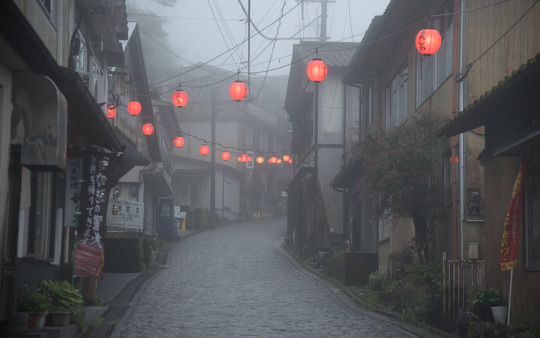
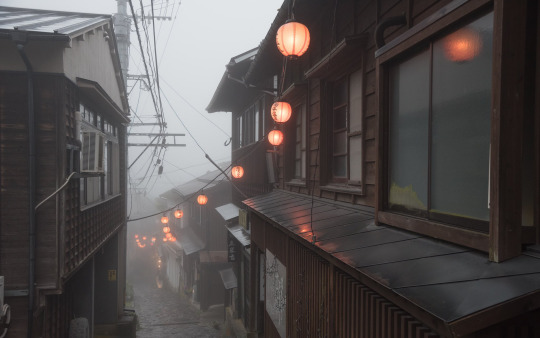
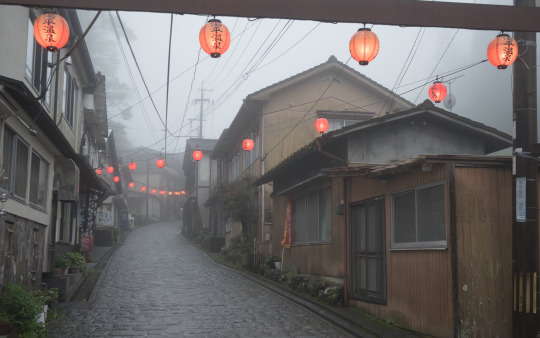
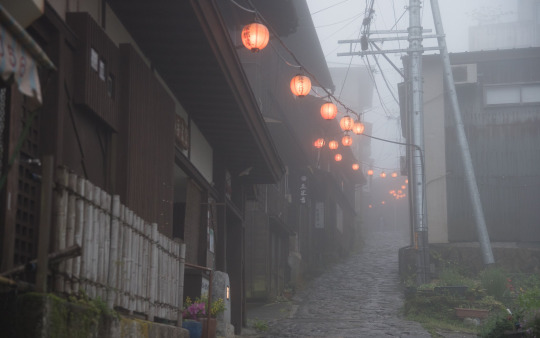
Yufu City, Oita Prefecture, Japan // みずなし
14K notes
·
View notes
Text









Yamaguchi Ryūun (b. 1940), Saga Prefecture, Japan.
1957 - Graduated from Oita Prefecture Beppu Advanced Occupational School, Department of Bamboo Craft
1963 - Apprenticed to Shono Shounsai (Living National Treasure)
Highly sculptured baskets like this one are formed using the three basic construction methods of twisting, braiding, and knotting bamboo – which Japanese basketmakers having been using for centuries – but in the last century and a half, artists have been creating dynamic, contemporary forms that go beyond mere function and highlight self-expression. Uzumaki is a stunning example of how a simple form made only of one material can be shaped into something that implies active motion and expresses an artist’s individual perspective. In Yamaguchi’s own words:
"I express beauty through bamboo: the beauty of water flowing, the beauty of flowers, the beauty of moving clouds. I try to bring the beauty of nature into my sculpture."
In 1963, Yamaguchi began as an apprentice to Shōno Shōunsai (1904-1974), who in 1967 was designated an Important Intangible Cultural Property holder by the government of Japan. This apprenticeship inspired him greatly to achieve the same artistic status as his mentor.
37 notes
·
View notes
Text
Happy Birthday Levi!!
Look at his little crown i'm crying

Levi Ackerman Statue at JR Hita Station in Japan's Oita Prefecture
Via
#Birthday boy!!!#wonder if they made him the dash or bought it#the crown looks made#levi ackerman#aot#attack on titan#snk#shingeki no kyojin
629 notes
·
View notes
Text

LeicaM11 + Apo-SummicronM50mmASPH by wing of kazVia Flickr:大分県宇佐市、響山地区公園 / Hibikiyama District Park, Usa City, Oita Prefecture
122 notes
·
View notes
Text
Utagaki (歌垣), also read kagai (嬥歌), was an ancient Japanese Shinto ritual gathering. Villagers would meet on a mountaintop, where singing, dancing, eating, having free sexual intercourse and the reciting of poetry would occur, in celebration of the beginning of spring or autumn. These events were closely associated with harvest rites, and therefore fertility.
On the Mountains of Tsukuba
where the eagles dwell
Near the Wells of Mohakitsu,
Seeking each other, in song of Kagai
I will seek the wives of other men
And let other men woo my own.
The gods dwelling in these mountains
Have allowed this
Since olden times;
Do not make an exception today
And do not reproach the lovers
And blame then not.
Mushimaro Takahashi, Man'yōshū (oldest collection of Japanese poetry)
The festival celebrated fertility and the cycle of crop and harvest, and it was hosted biannually on the seasonal transitions. Localized variations abounded, though most of them featured the offering of ritual sexual activity to the local gods, allowed on this occasion by the temporal abolishment of social norm about marriage and decorum. Utagaki was meant to increase both female fertility and male virility with the blessing of the deities, bringing prosperity to villages and their inhabitants. Though celebrated by peasants, utagaki was a prestigious ritual, to the point there are records of both Emperor Shomu and his daughter Empress Shotoku visiting gatherings to offer gifts.
Utakagi took the shape of feasts on mountaintops, where poetry and songs were exchanged between participants in a contest meant to seduce suitors. Mount Tsukuba in Ibaraki prefecture was an especially popular place of meeting, attracting people from all the Kanto region. Some Shinto shrines served as places for sexual encounters, which became a Oita prefecture. In other regions, like Ibaraki and Aichi, the feasts included a parade or ritual dance (kagura) after which it was given license to maintain sexual relationships.
Despite its breaking of social etiquette, utagaki contained its own rules. Women were allowed to reject or accept any suitor, though there was sometimes the only condition of accepting at least three of them. The festival granted unmarried people a chance to find partners outside their villages, and couples in love an excuse to have encounters. Conceiving illegitimate offspring during utagaki was not considered dishonorable, though it carried the same obligations.
I was abolished by the meiji restoration :(
57 notes
·
View notes
Text


Oita Prefectural Library. Oita, Japan. 1966. Arata Isozaki. Photographed by Osamu Murai.
#japanese architecture#japanese design#concrete architecture#japanese modernism#modernist architecture#architecture lovers#concrete lovers#modernism#concrete structure#arata isozaki
258 notes
·
View notes
Text
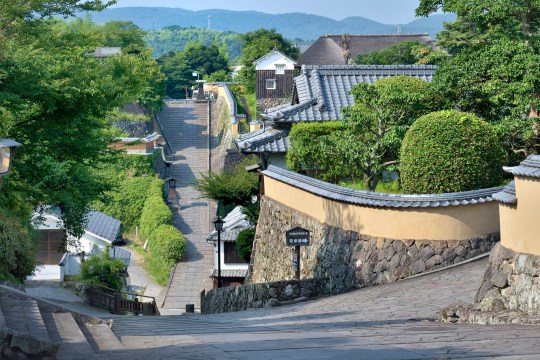


Kitsuki aka Little Kyoto by JR Kyushu Train&Travel
6 notes
·
View notes
Text

金鱗湖, 由布院 / Lake Kinrin, Yufuin by Ryuichi Miyazaki
3 notes
·
View notes
Text

Oita Prefecture in Kyushu, Japan
58 notes
·
View notes
Photo

Yufuin no Mori Train - Oita Prefecture
📷 @ramumi8
Via japan_inside
11 notes
·
View notes
Text

Sulemio in Oita Prefecture / Usa Hachimangu Shrine by @yuri_kyanon
source
#gundam#the witch from mercury#gundam suisei no majo#g witch#sulemio#suletta mercury#miorine rembran#i'm making a sideblog#let's see how long it lasts
90 notes
·
View notes
Text

After 神戸 Kōbe yesterday, let's do another city name! 別府 Beppu is a city in Oita, Kyūshū that's famous for its insane number of hot springs. As a human name, it can also be read Behu.
別 is read わか.れる, わ.ける, or ベツ. It means diverge, branch off, separate, another/other, or extra. The radicals area all pretty relevant to the meaning of separate. The top left is 口 mouth, the bottom left is knife/sword 刀, and what looks like katakana リ ri on the right is 刈, meaning to cut. Because you can use your mouth or sword to cut things into separate pieces?
府 is new to this blog! It's read フ, and you might know it from 幕府 Bakufu. It means urban prefecture, government office, or storehouse. It's a pretty important character in geography.
Japan has 47 prefectures or 都道府県 (todōfuken). This word is made up of the different suffixes that refer to them. The suffix 県 (ケン), meaning prefecture, is used for 43. Of the rest, 府 is used for 京都府 Kyōto-fu and大阪府 Ōsaka-fu. The 都 (ト) capital refers, of course, to Tokyo, or 東京都 Tōkyō-to. Finally, 北海道 Hokkaidō is so special that it uses no suffix at all, and its 道 gets added to the word.
54 notes
·
View notes